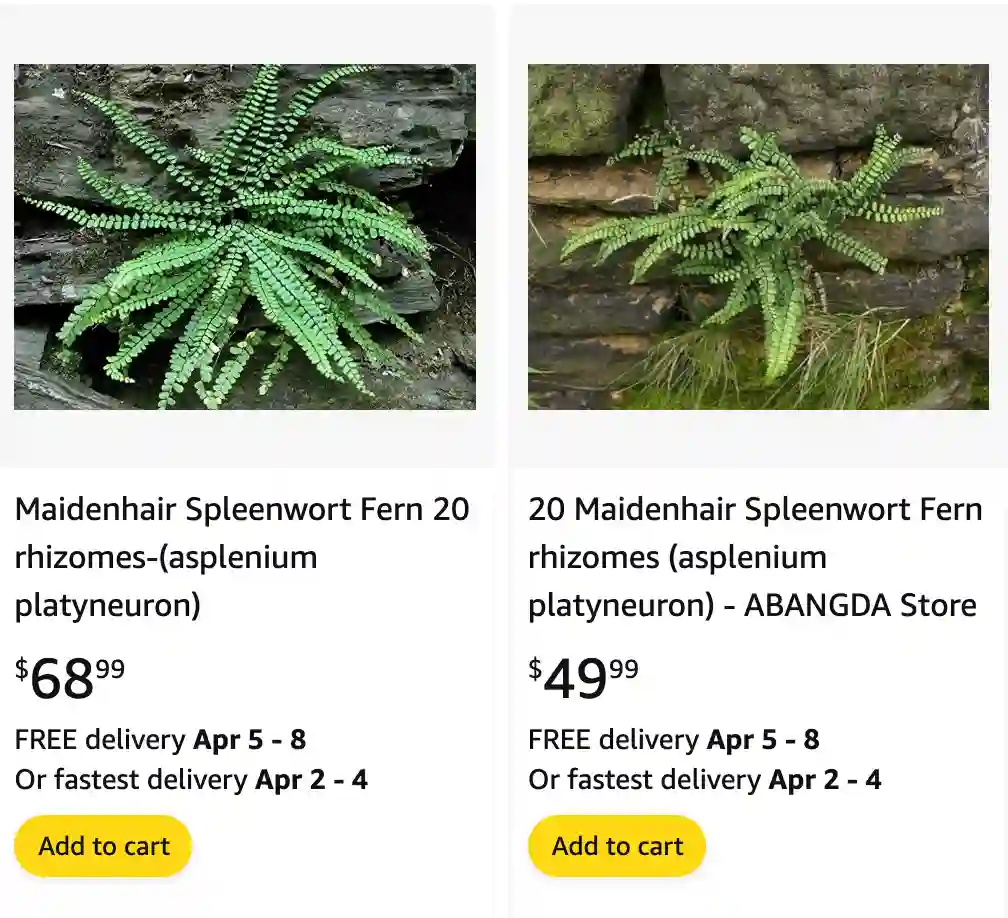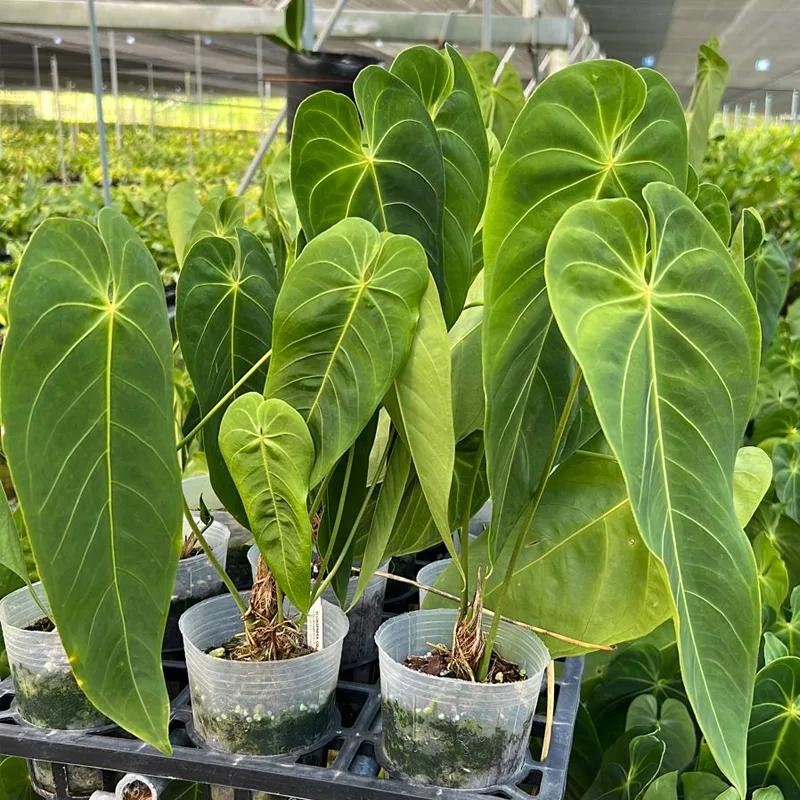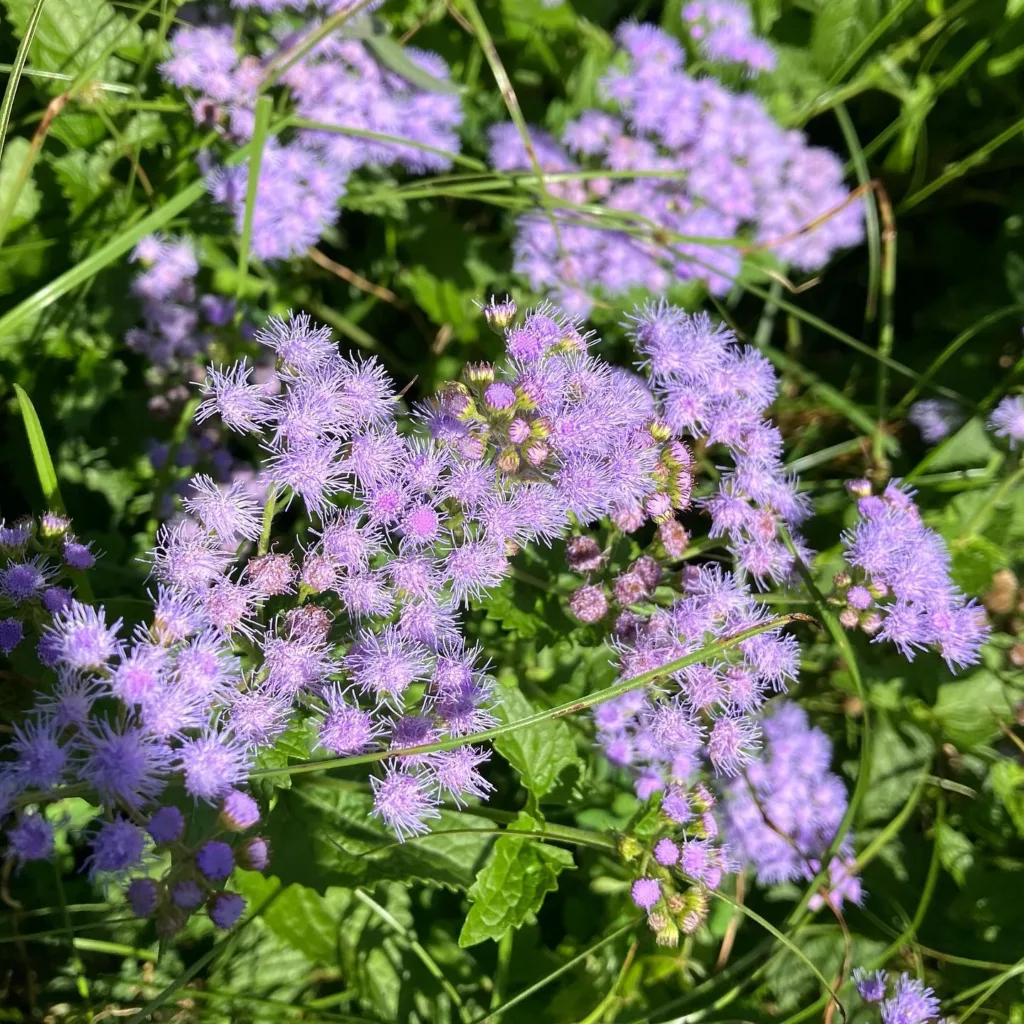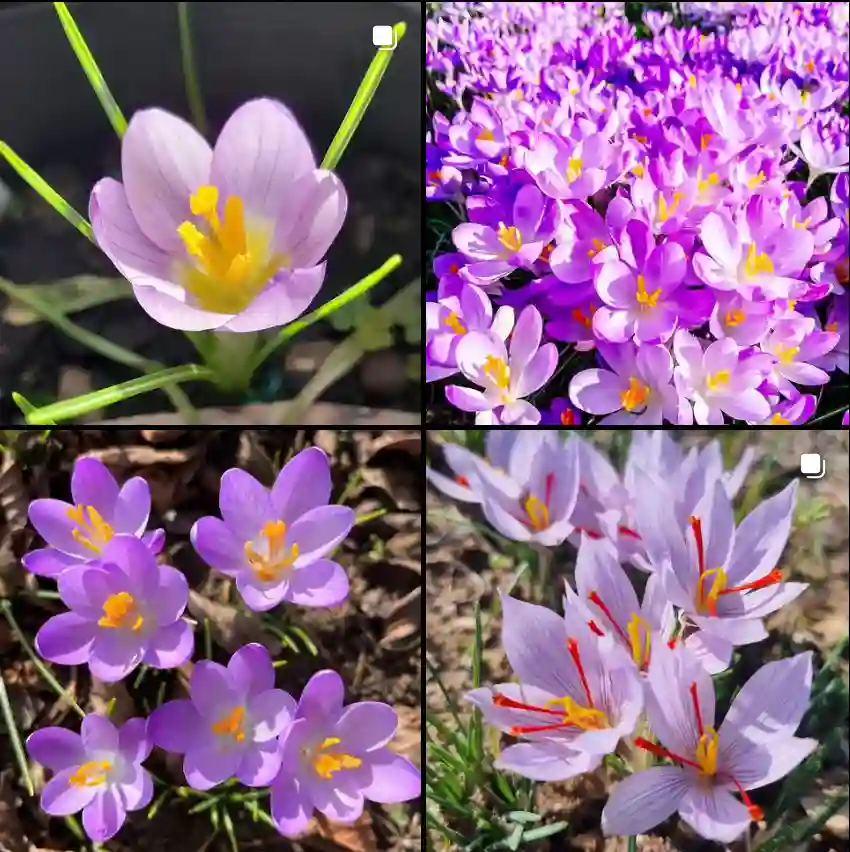
All You Need to Know About Asplenium Platyneuron
Hi, I’m Ferb Vu, and I’m here to answer your questions about the fascinating fern, Asplenium Platyneuron, also known as the Ebony Spleenwort. This little charmer is a favorite among gardeners for its dark elegance and easygoing nature.
Whether you’re a seasoned plant enthusiast or a curious beginner, this FAQ will equip you with the knowledge to cultivate a thriving Asplenium Platyneuron in your own home.
908 Species in Genus Asplenium
What is Asplenium Platyneuron?
The Asplenium Platyneuron is a dwarf evergreen fern native to eastern North America. It forms a compact clump with slender, glossy, pinnate fronds that unfurl in a graceful rosette. The dark reddish-brown stipe (leaf stalk) and rachis (midrib) give this fern its distinct “ebony” moniker.
These ferns typically reach a height of 12-18 inches, making them ideal for terrariums, container gardens, or tucked into shady nooks of your landscape.
How to care for Asplenium Platyneuron?
Light and Location for Asplenium Platyneuron
Unlike many ferns, Asplenium Platyneuron can tolerate a wider range of light conditions. While it thrives in part shade, it can also handle some morning sun, especially in cooler climates. Avoid harsh afternoon sun, as this can scorch the delicate fronds.
Remember: Consistent moisture is key. Aim for dappled sunlight that mimics its natural woodland habitat.
Soil and Watering for Asplenium Platyneuron
Asplenium Platyneuron isn’t fussy about soil pH, tolerating both slightly acidic and alkaline conditions. However, it craves well-draining soil. Opt for a loamy mix with added perlite or sand for optimal drainage.
Watering: Water deeply when the top inch of soil feels dry to the touch. Avoid soggy conditions, as this can lead to root rot. During dormancy (usually winter), reduce watering frequency.
Humidity for Asplenium Platyneuron
As a native of moist woodlands, Asplenium Platyneuron appreciates moderate to high humidity. Grouping your fern with other humidity-loving plants or placing it on a pebble tray filled with water can help create a more humid microclimate.
Tip: Misting the fronds occasionally can also provide a temporary humidity boost.
Temperature for Asplenium Platyneuron
Asplenium Platyneuron prefers average room temperatures, ranging from 65-75°F (18-24°C). It’s not a fan of extremes, so avoid placing it near cold drafts or heat sources.
Fertilizing Asplenium Platyneuron
Ebony Spleanworts aren’t heavy feeders. A balanced, diluted liquid fertilizer applied once a month during the growing season (spring and summer) is sufficient. Opt for a slow-release fertilizer for a more hands-off approach.
How to propagate Asplenium Platyneuron?
There are two main methods for propagating Ebony Spleanworts: spore division and division by offsets. Spore division is a more complex technique, so for most home gardeners, division by offsets is the preferred method.
Division by Offsets:
- Carefully remove the fern from its pot in spring or early summer.
- Look for small “pups” or offsets growing at the base of the mother plant.
- Using a sterile knife, gently separate the offsets from the main plant, ensuring each offset has some roots attached.
- Repot the offsets in well-draining soil and care for them as you would a mature Asplenium Platyneuron.
Repotting Asplenium Platyneuron
Ebony Spleanworts are slow growers and typically only need repotting every 2-3 years, or when the roots become pot-bound. Choose a pot that’s just slightly larger than the current one.
Common Pests and Diseases for Asplenium Platyneuron
Ebony Spleanworts are generally pest and disease resistant. However, in overly humid conditions, they may be susceptible to fungal diseases like leaf spot. Ensure good air circulation and avoid overwatering to prevent problems.
Asplenium Platyneuron vs. Maidenhair Fern
Both the Asplenium Platyneuron and the Maidenhair Fern (Adiantum spp.) are elegant shade-loving ferns. However, there are some key differences:
- Light: Ebony Spleanworts tolerate more sun than Maidenhair
- Fronds:
- Asplenium Platyneuron: Glossy, pinnate fronds with a dark reddish-brown stipe and rachis.
- Maidenhair Fern: Delicate, fan-shaped fronds with very thin, almost black stems.
- Humidity:
- Asplenium Platyneuron: Prefers moderate to high humidity but can tolerate some fluctuation.
- Maidenhair Fern: Requires consistently high humidity to thrive, making it trickier for some home environments.
- Temperament:
- Asplenium Platyneuron: Generally easier to care for, tolerates a wider range of conditions.
- Maidenhair Fern: More finicky, requires consistent moisture and high humidity.
- Growth Rate:
- Asplenium Platyneuron: Slow grower.
- Maidenhair Fern: Can be faster-growing than the Asplenium Platyneuron.
In summary: Asplenium Platyneuron is a more forgiving choice for beginner fern enthusiasts. It tolerates a wider range of light conditions and humidity levels, making it easier to cultivate indoors. The Maidenhair Fern, with its wispy fronds, offers a unique aesthetic but demands a more stable and humid environment.
Growth Rate and Lifespan of Asplenium Platyneuron
Asplenium Platyneuron is a slow grower, putting on only a few inches of new growth each year. This makes it a great choice for terrariums or container gardens where space is limited. With proper care, these ferns can live for many years, adding a touch of timeless elegance to your indoor space.
Toxicity of Asplenium Platyneuron for Pets and Humans
While the historical reference to the spleen in its name might suggest medicinal properties, Asplenium Platyneuron is not considered toxic to humans or pets. However, it’s always best to keep houseplants out of reach of curious children and nibbling pets to avoid any digestive upset.
Air Purification Benefits of Asplenium Platyneuron
Like many ferns, Asplenium Platyneuron is a natural air purifier. It helps remove common household toxins like formaldehyde and benzene from the air, contributing to a healthier indoor environment.
Winter Care for Asplenium Platyneuron
During winter, Asplenium Platyneuron enters a period of dormancy. Reduce watering frequency and avoid fertilizing. You can also lower the light levels slightly. However, maintain consistent temperatures and ensure the soil doesn’t dry out completely.
Troubleshooting Common Problems with Asplenium Platyneuron
Brown fronds: This could be caused by underwatering, excessive sunlight, or old age. Try increasing watering frequency, adjust light conditions, and remove any dead or dying fronds.
Yellowing fronds: This could be a sign of overwatering, lack of fertilizer, or pests. Check the soil moisture and adjust watering accordingly. If underwatering isn’t the culprit, consider a light feeding with a balanced fertilizer.
Curling fronds: This is usually caused by low humidity. Increase humidity levels using a pebble tray or humidifier.
By following these simple tips, you can keep your Asplenium Platyneuron thriving for years to come.
Conclusion: Enjoying the Elegance of Asplenium Platyneuron
Asplenium Platyneuron is a charming and low-maintenance fern that adds a touch of sophistication to any indoor space. With its tolerance for a wider range of light conditions and its easygoing nature, this fern is a great choice for both novice and experienced plant parents. So, if you’re looking for a beautiful and low-key addition to your home, look no further than Asplenium Platyneuron.
If i die, water my plants!



